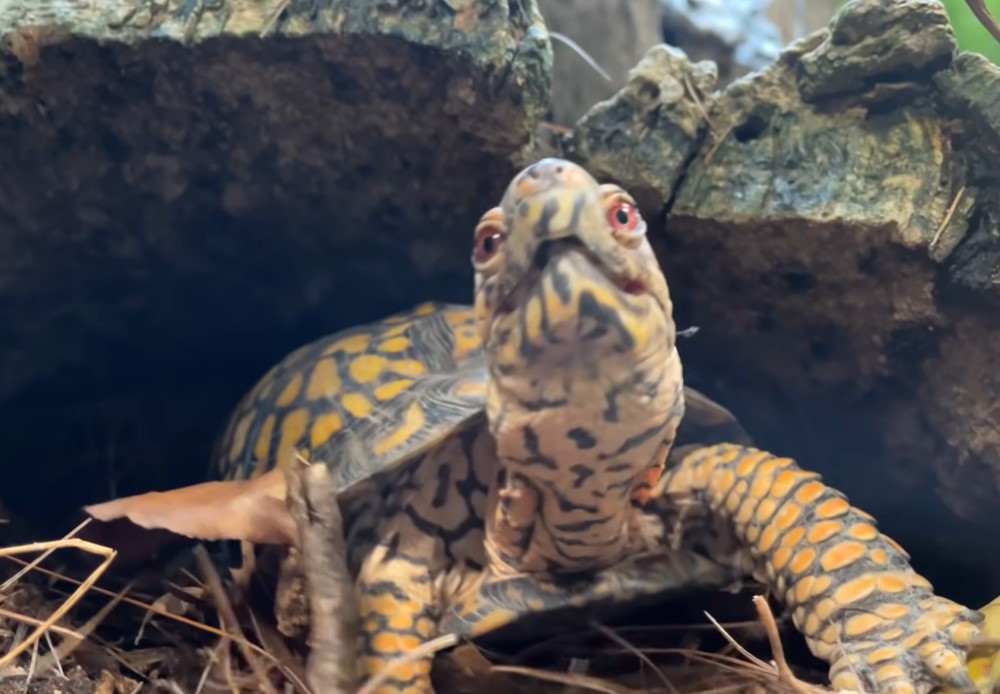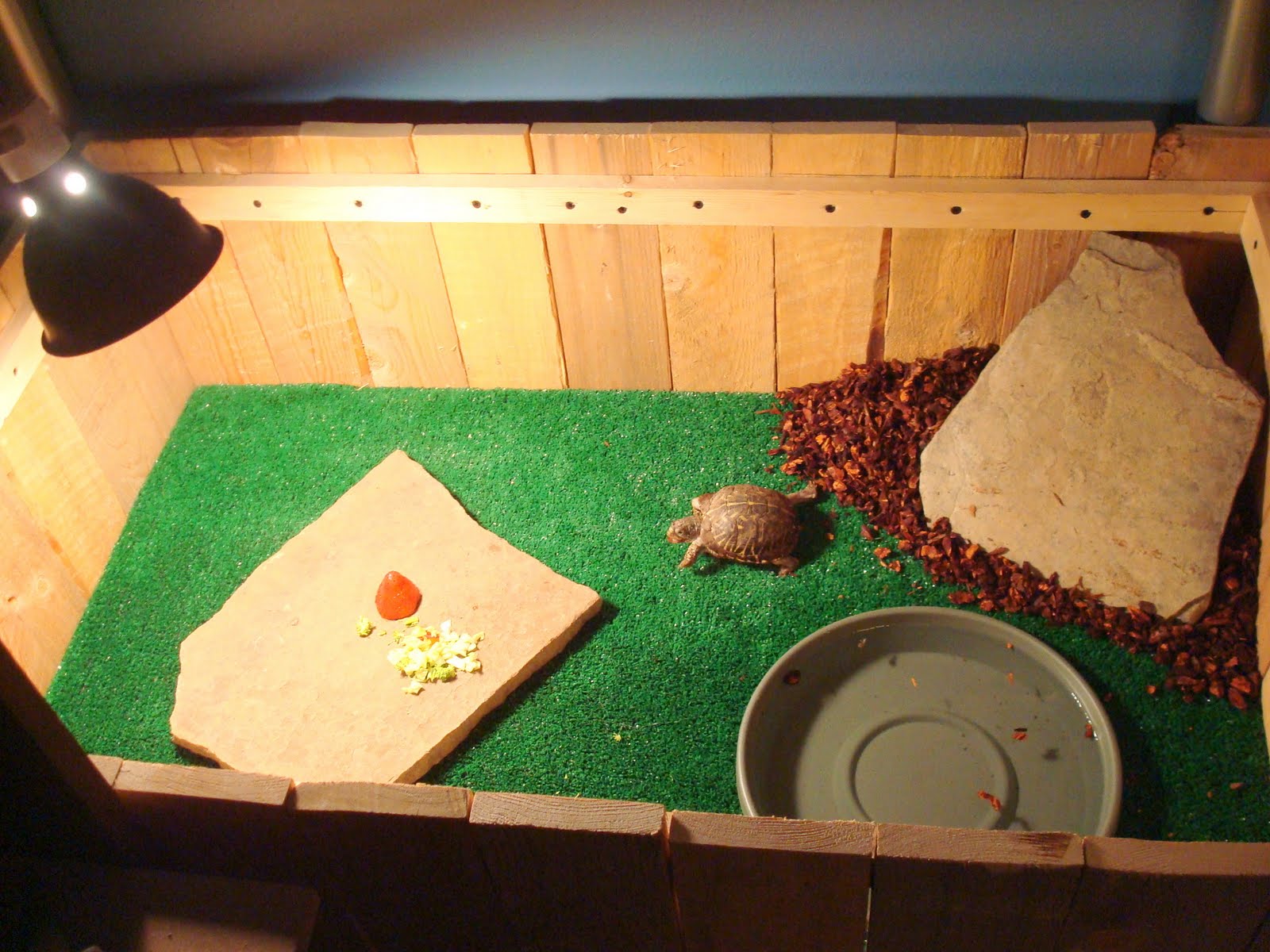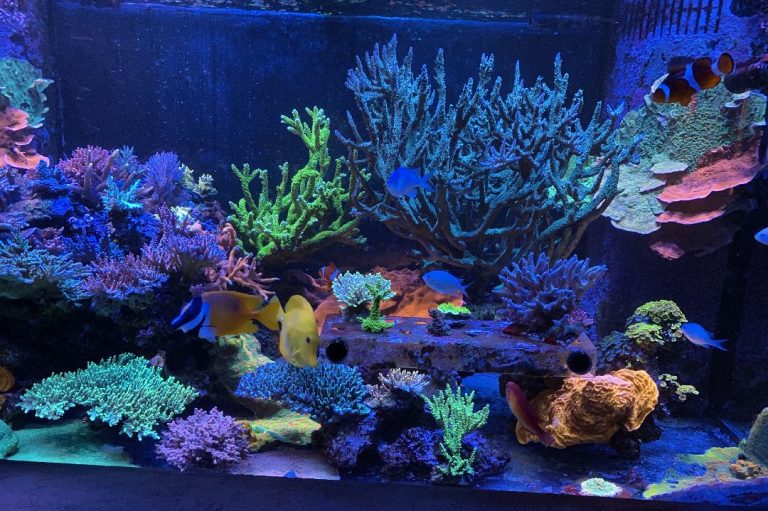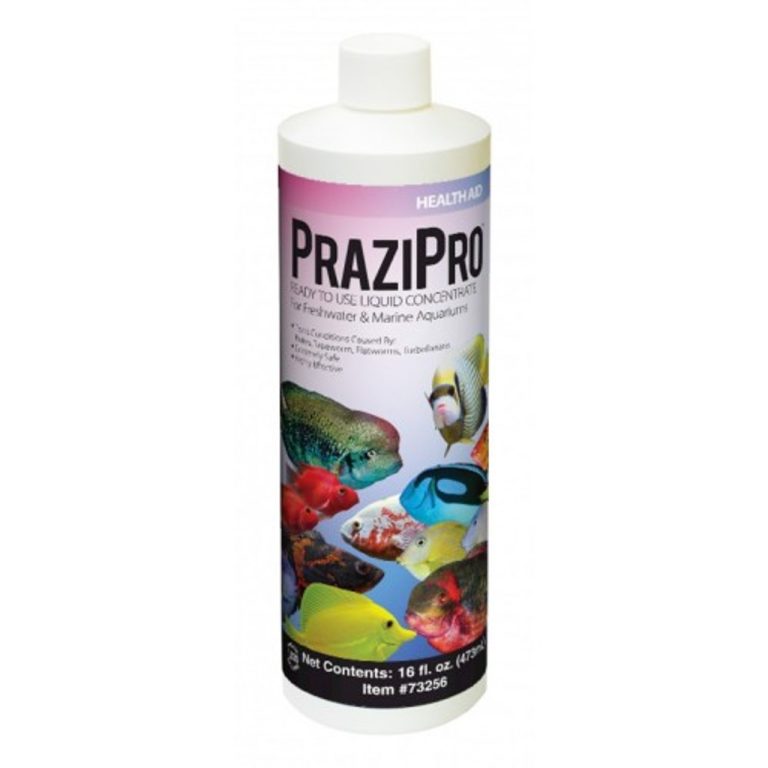Set Up An Indoor Box Turtle Habitat
Setting up an Indoor Box Turtle Habitat
Are you considering bringing an adorable box turtle into your home? Well, you’ve come to the right place! In this article, we’ll guide you through the process of setting up an indoor box turtle habitat that will provide a comfortable and stimulating environment for your new pet. So, let’s dive in and create a cozy home for your little shelled friend!
Creating the Perfect Enclosure
To ensure your box turtle thrives in its new habitat, you’ll need to pay attention to a few key factors. Let’s break it down:
The Right Sized Enclosure
Box turtles are active reptiles that need plenty of space to explore and roam. A general rule of thumb is to provide a floor space of at least four times the length of your turtle’s shell. For instance, if your turtle’s shell is 6 inches long, the enclosure should be at least 24 inches in length.

The Ideal Habitat Temperature
Box turtles are ectothermic creatures, which means they rely on their environment to regulate their body temperature. Maintain a temperature gradient within the enclosure by providing a basking area with a temperature of 85-90°F (29-32°C) and a cool side between 70-75°F (21-24°C). Use heat lamps or ceramic heat emitters to achieve the desired temperature.
Humidity Levels
Maintaining proper humidity levels is essential for the health of your box turtle. Aim for a humidity range of 60-70% within the enclosure. You can achieve this by providing a shallow water dish for soaking and misting the enclosure regularly. Monitor humidity levels using a hygrometer.
Lighting Requirements
Box turtles require access to UVB light for proper calcium absorption and overall well-being. Use a UVB lamp specifically designed for reptiles and ensure it covers the basking area. On average, turtles need 10-12 hours of UVB exposure per day. Don’t forget to provide a separate night lamp for a proper day-night cycle.
Substrate Matters
Choosing the right substrate is crucial for maintaining cleanliness and providing a comfortable surface for your turtle. Avoid using particle-based substrates, such as wood shavings or sand, as they can cause respiratory or digestive issues if ingested. Instead, opt for materials like coconut coir, cypress mulch, or reptile-safe soil.
Create a Turtle Paradise
Now that you’ve set up the basics, it’s time to add some elements to keep your box turtle entertained and engaged. Let’s explore a few ideas:
A Variety of Hiding Spots
Box turtles are natural explorers and enjoy having different hiding spots to choose from. Provide a mix of retreats, including rocks, logs, plants, and commercially available hides. These hiding spots will make your turtle feel safe and secure.
Add Some Vegetation
Incorporate live plants into the enclosure to create a more natural and stimulating environment. Select non-toxic plants like pothos, spider plants, and ferns. Not only will these plants provide your turtle with shade and hiding places, but they’ll also contribute to maintaining humidity levels.
A Splash of Water
Box turtles appreciate a shallow water dish for soaking and drinking. Ensure the dish is easily accessible and large enough for your turtle to fully immerse itself. Consider adding rocks or ramps to help your turtle enter and exit the water easily.
Provide Enrichment
Keep your turtle mentally stimulated by introducing various forms of enrichment, such as puzzle feeders, toys, and obstacles. These activities will encourage your turtle to forage, explore, and exercise, promoting its overall well-being.
Frequently Asked Questions
Q: Can I keep multiple box turtles in the same enclosure?
A: It’s generally not recommended to keep multiple adult box turtles together, as they are solitary creatures and may become territorial. However, young turtles of the same species can occasionally be kept together if the enclosure is spacious enough to accommodate each turtle’s needs.
Q: How often should I clean the enclosure?
A: Regular cleaning is essential to maintain a healthy environment for your turtle. Spot clean daily by removing any feces or uneaten food. Perform a deep clean every 2-4 weeks by replacing the substrate, washing the enclosure, and sterilizing the water dish and any décor.
Q: What should I feed my box turtle?
A: Box turtles are omnivorous and require a varied diet. Offer a mix of protein sources such as insects, worms, and cooked lean meats, along with a selection of dark leafy greens, veggies, and fruits. It’s essential to provide a well-balanced diet to meet their nutritional needs.
Final Thoughts
Setting up an indoor box turtle habitat might seem like a daunting task at first, but with the right information and a little effort, you can create the perfect home for your new shelled companion. Remember to prioritize their comfort, health, and overall well-being when designing their enclosure. By providing ample space, appropriate temperature and humidity levels, as well as plenty of hiding spots and enrichment, your box turtle will thrive and bring you joy for years to come!






